 Pickle Barrels; 1955
Pickle Barrels; 1955
Entry Category: Folklore and Folklife
 Pickle Barrels; 1955
Pickle Barrels; 1955
 Pickle Factory Workers
Pickle Factory Workers
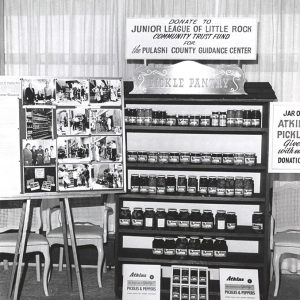 Pickles Fundraiser
Pickles Fundraiser
Place Names
 Point Remove Brewing Company Products
Point Remove Brewing Company Products
Post Familie Vineyards and Winery
 Post Familie Vineyards and Winery
Post Familie Vineyards and Winery
 Post Familie Winery Bottle
Post Familie Winery Bottle
 Processing Pickles
Processing Pickles
Prohibition
 Prohibition Book
Prohibition Book
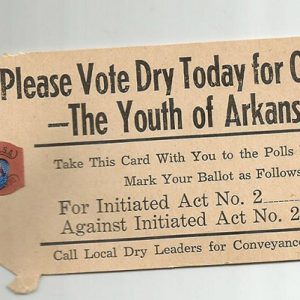 Prohibition Tag
Prohibition Tag
Quiltmaking
 R-Pep and Clem’s Bottle Caps
R-Pep and Clem’s Bottle Caps
Rabies
Rackensack Folklore Society
Rackensack Folklore Society, Pulaski County
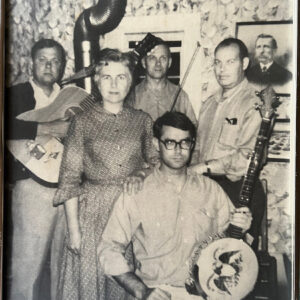 Rackensack Folklore Society, Pulaski County
Rackensack Folklore Society, Pulaski County
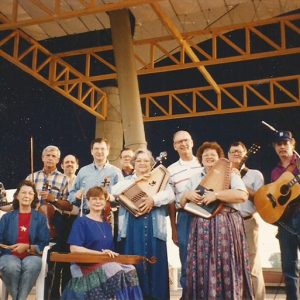 Rackensack Members
Rackensack Members
Randolph, Vance
Rayburn, Otto Ernest
Rhodes, Richard (Hanging of)
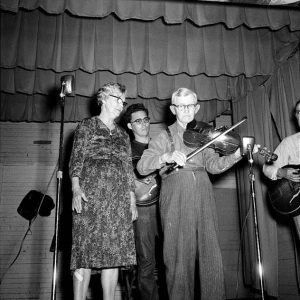 Almeda Riddle
Almeda Riddle
Robertson, Irene
Robes of Splendor
aka: Robes of the Three Villages
aka: Three Villages Robe
aka: Buffalo Dancers Robe
Rock Art, Native American
Rock Island Line, The
 Rock Town Distillery
Rock Town Distillery
Salt Making
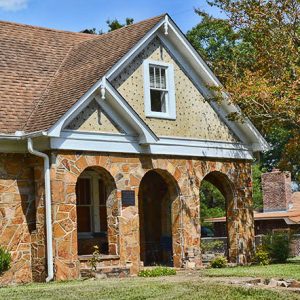 June Sandidge House
June Sandidge House
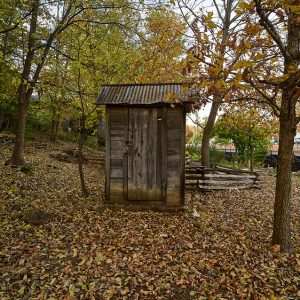 Shiloh Privy
Shiloh Privy
 Sidewalk Marker
Sidewalk Marker
Skyline Cafe
 Skyline Cafe
Skyline Cafe
 Skyline Cafe
Skyline Cafe
 Snawfus
Snawfus
Snawfus
 Soldier with Bowie Knife
Soldier with Bowie Knife
 Sorting Pickles; 1955
Sorting Pickles; 1955
Spence, Helen
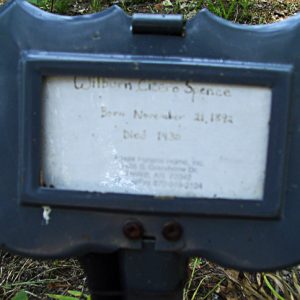 Cicero Spence Grave
Cicero Spence Grave
 Cicero and Helen Spence
Cicero and Helen Spence
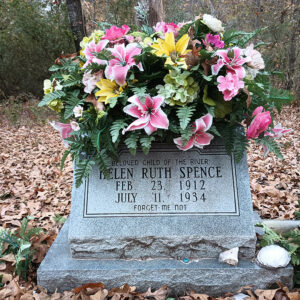 Helen Spence Gravesite
Helen Spence Gravesite
Springer, Andrew (Lynching of)
 Star of India
Star of India
Star of India
Starr, Fred
State of Arkansaw, The
Stilley, Edward Lawrence (Ed)
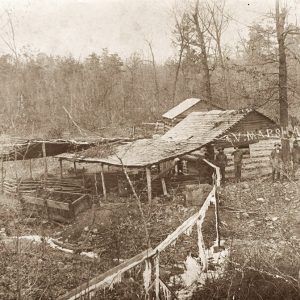 Stone County Still
Stone County Still




